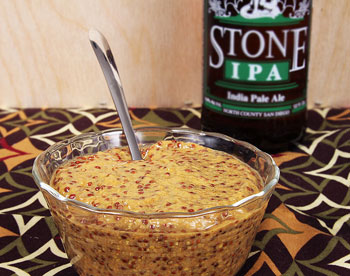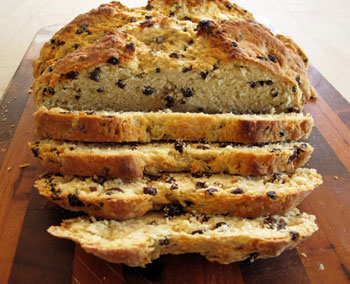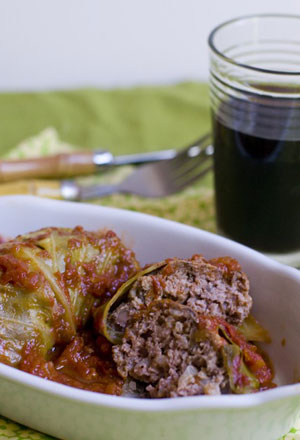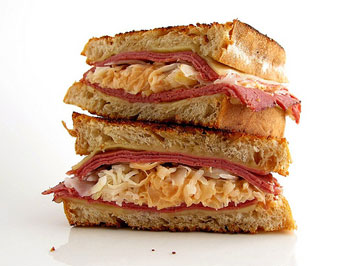 Three years ago, Stone Brewing wrote a post on their company blog titled "MustardGate 2010" in which they announced that the Stone Brewing mustard they've been shipping to their customers was missing an important ingredient - their beer. As it turned out, the company they hired to make the mustard for them never used the beer Stone sent them to make the product. The kegs Stone sent them came back empty, so there was no clue where the beer actually went.
Three years ago, Stone Brewing wrote a post on their company blog titled "MustardGate 2010" in which they announced that the Stone Brewing mustard they've been shipping to their customers was missing an important ingredient - their beer. As it turned out, the company they hired to make the mustard for them never used the beer Stone sent them to make the product. The kegs Stone sent them came back empty, so there was no clue where the beer actually went.
I admired Stone for being this forthcoming, and for going out of their way to make things right with their customers and their fans by offering refunds, discounts, whatever it took to make things right. But in the end, it gave me the inspiration to make that mustard myself. I'd made mustard before, and beer makes everything better. So I made it, and it was delicious, especially when slathered on Bratwurst or (in this case) smothered on beer-braised corn beef & cabbage.


 If you’re getting around to planning your St. Patrick’s menu a little late like me, here’s something to help—a quick and easy sautéed cabbage recipe. I’ve never been one for the traditional boiled cabbage that often goes along with the corned beef on this holiday. In fact, I didn’t learn to love cabbage until I cooked it hot-and-fast–in a sauté pan, in a stir-fry pan, on a griddle—anything where I could bring out its sweeter side with a little browning.
If you’re getting around to planning your St. Patrick’s menu a little late like me, here’s something to help—a quick and easy sautéed cabbage recipe. I’ve never been one for the traditional boiled cabbage that often goes along with the corned beef on this holiday. In fact, I didn’t learn to love cabbage until I cooked it hot-and-fast–in a sauté pan, in a stir-fry pan, on a griddle—anything where I could bring out its sweeter side with a little browning. Growing up my mom used to make stuffed cabbage, what felt like, all the time. I wasnt’ really into it nor did I ever acquire a taste for it. Then I grew up and ate it somewhere (not my moms) and pretty much fell in love with it.
Growing up my mom used to make stuffed cabbage, what felt like, all the time. I wasnt’ really into it nor did I ever acquire a taste for it. Then I grew up and ate it somewhere (not my moms) and pretty much fell in love with it. Almost everyone eats corned beef and cabbage on St. Patrick's Day even if you're not Irish. I do. Even my Hungarian mother makes corned beef and cabbage every March. But this year I decided to do something different and out of the ordinary for the holiday. This time I'm celebrating St. Patrick's day with the Reuben sandwich, which isn't Irish at all, but the ingredients seem so Irish. I love the Reuben and all sandwiches that include sauerkraut for that matter. The corned beef, sauerkraut, and rye bread combination all make it feel like it was meant to be Irish.
Almost everyone eats corned beef and cabbage on St. Patrick's Day even if you're not Irish. I do. Even my Hungarian mother makes corned beef and cabbage every March. But this year I decided to do something different and out of the ordinary for the holiday. This time I'm celebrating St. Patrick's day with the Reuben sandwich, which isn't Irish at all, but the ingredients seem so Irish. I love the Reuben and all sandwiches that include sauerkraut for that matter. The corned beef, sauerkraut, and rye bread combination all make it feel like it was meant to be Irish.